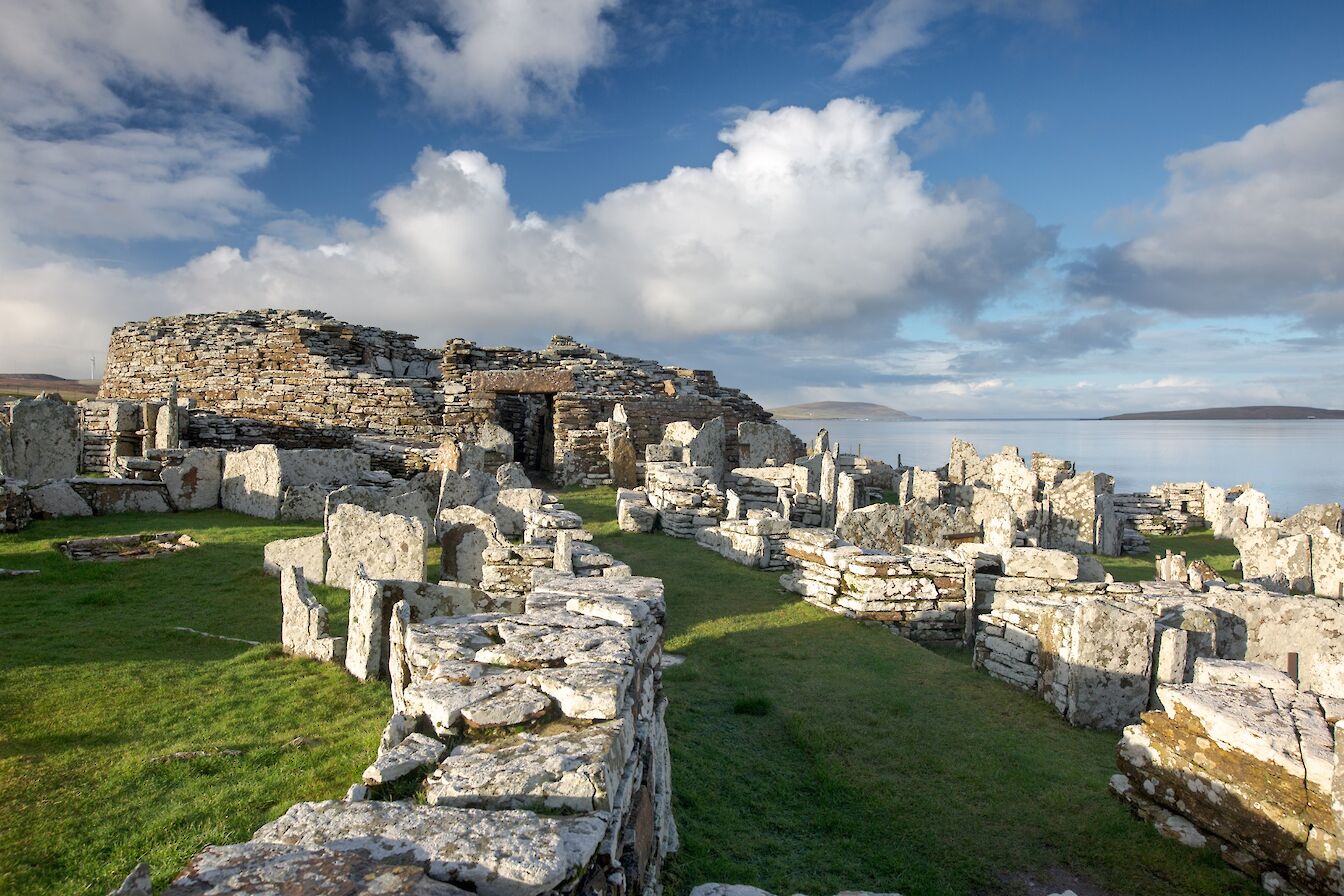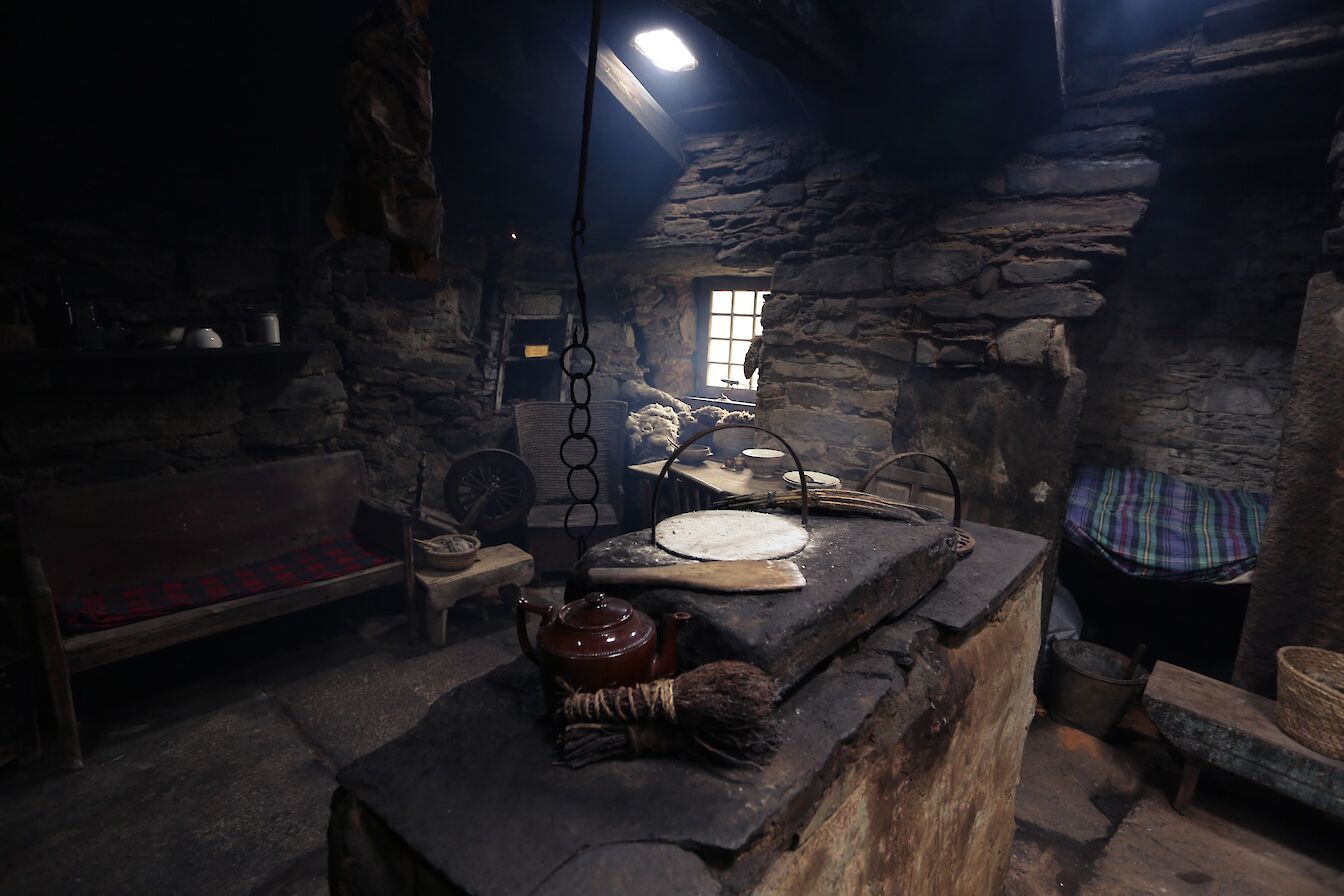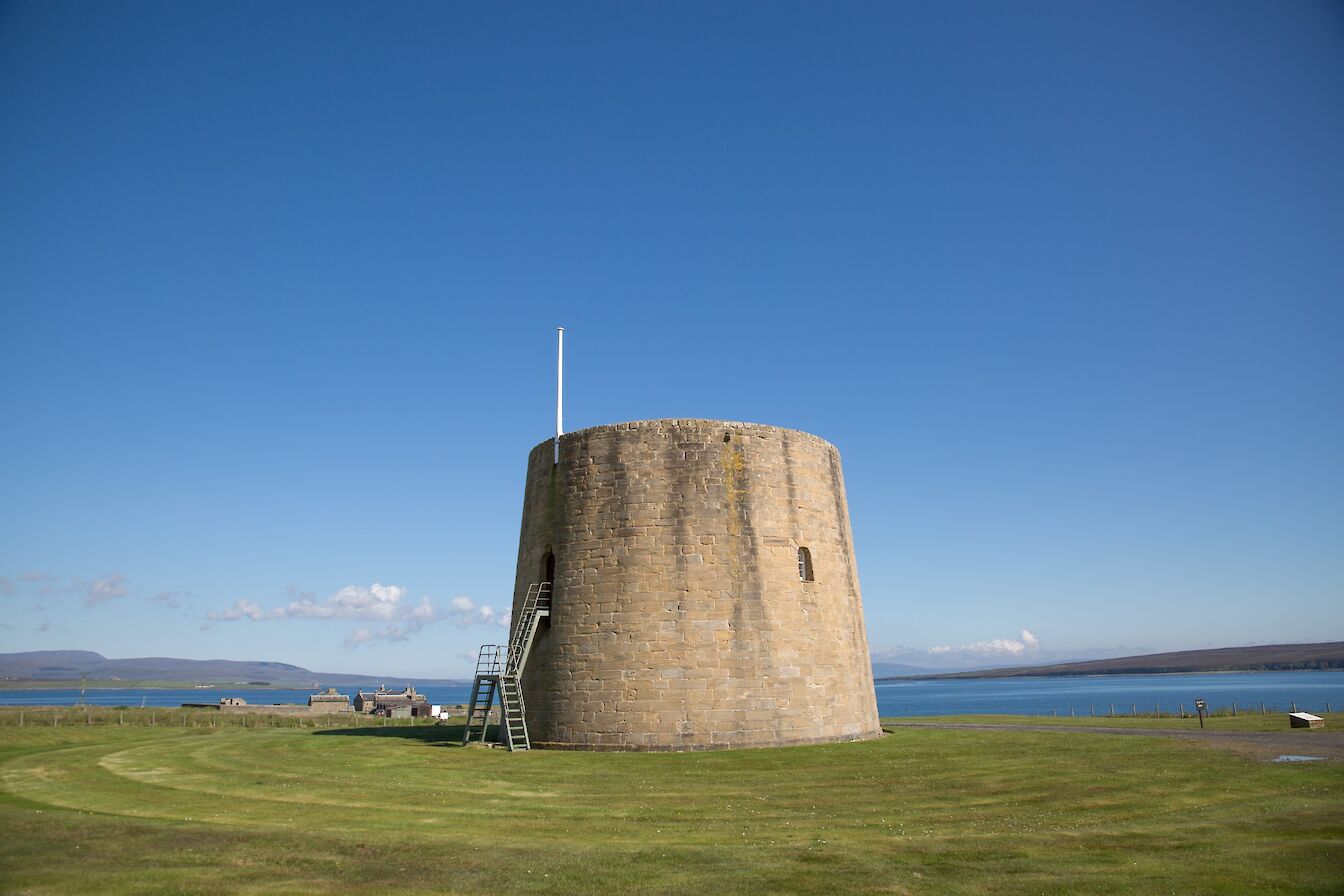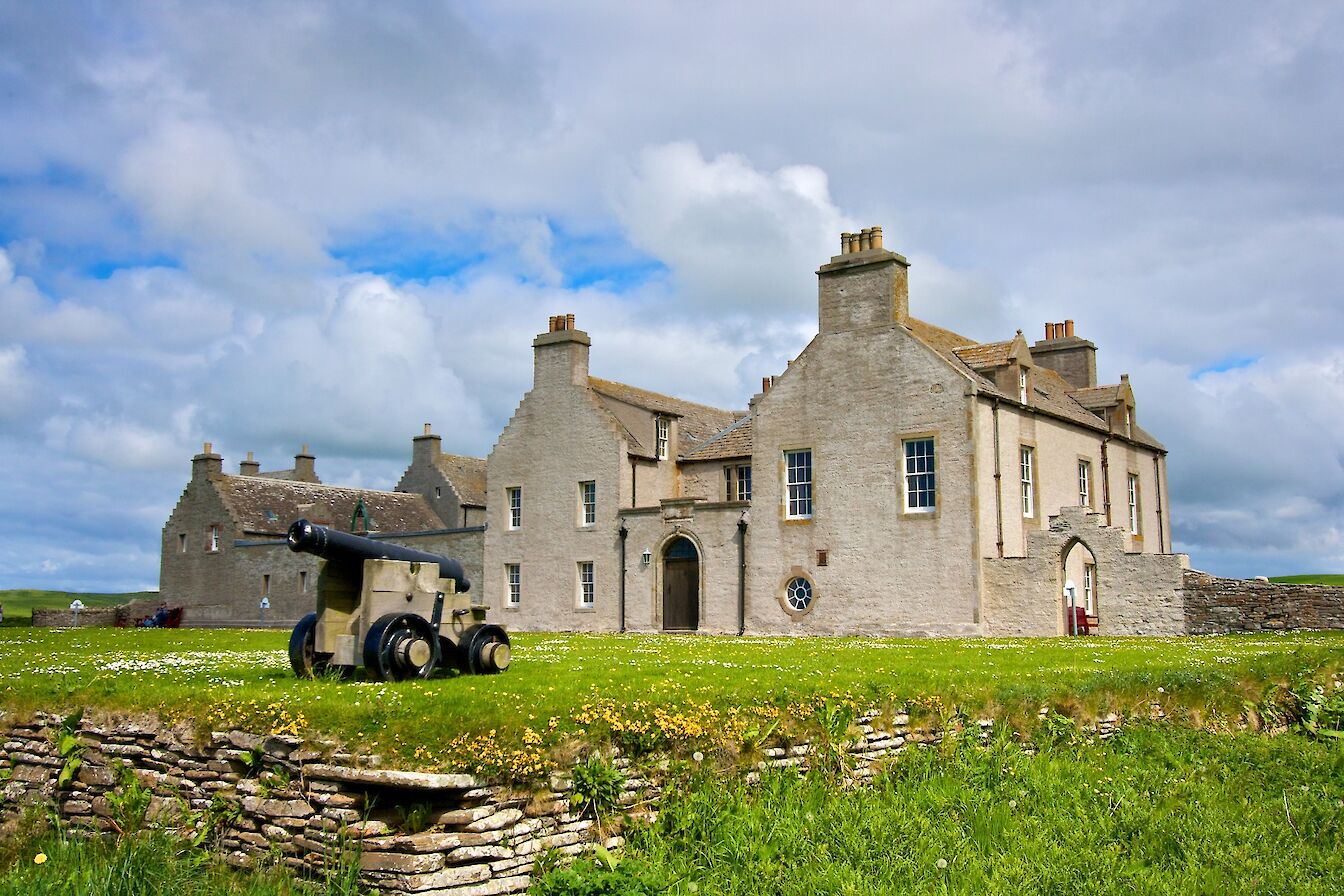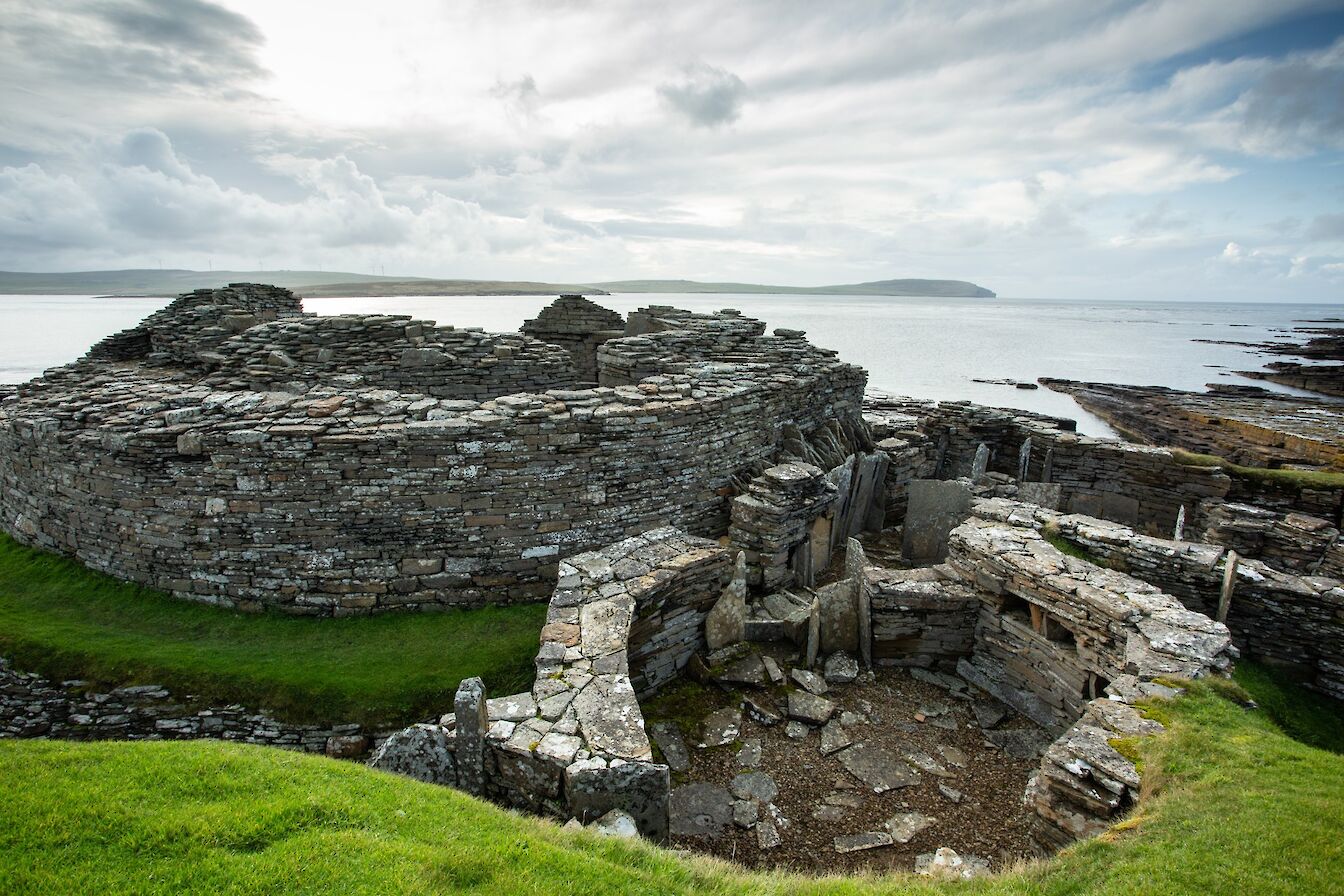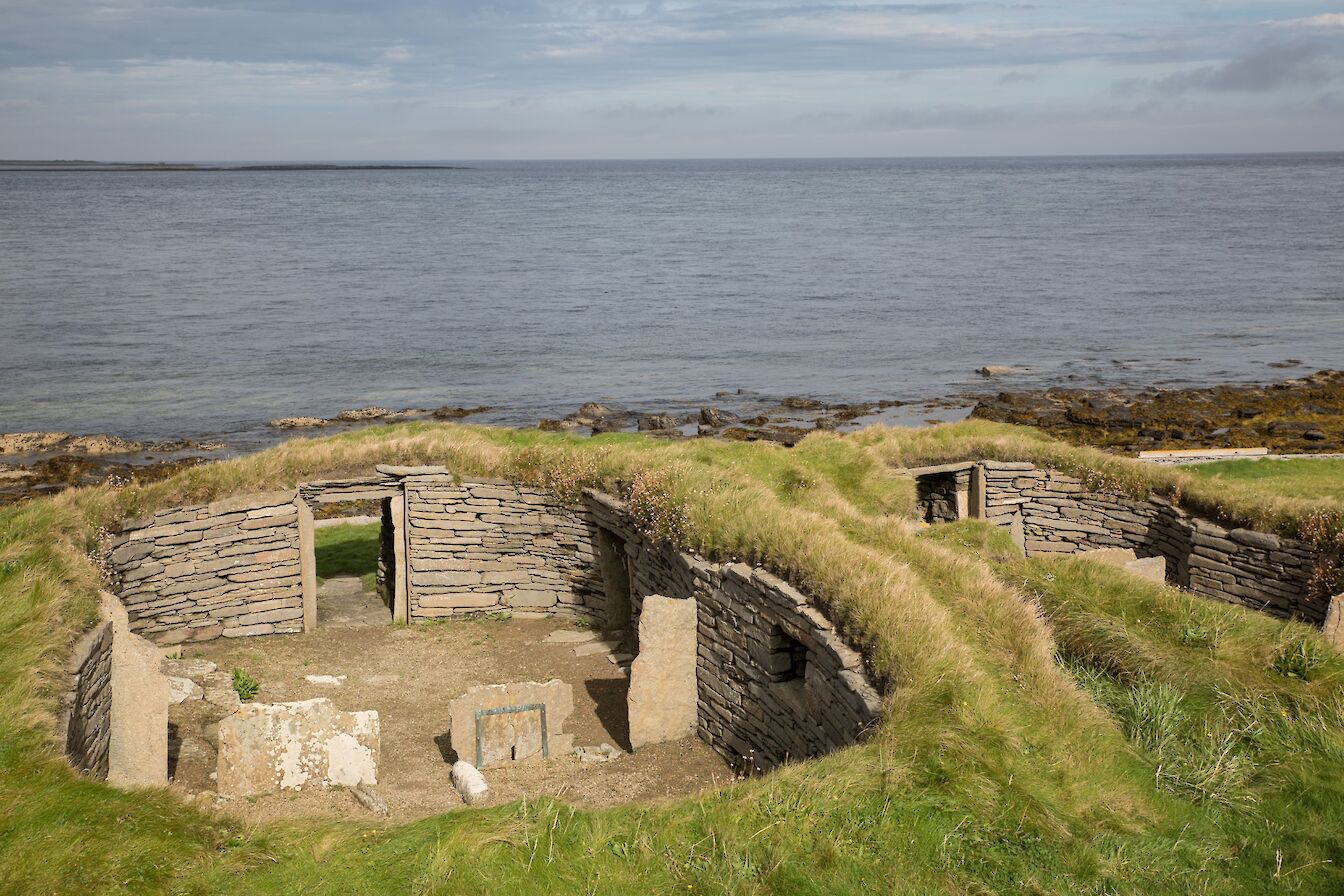There’s a saying in Orkney that if you stick a spade into the ground, you’ll probably find an archaeological site.
Of course, we don’t recommend you go digging up our landscape (unless you’re a farmer, or an archaeologist) but incredible new discoveries are regularly being made throughout the islands. These finds sit alongside the hundreds of fascinating archaeological and historical sites that are scattered across the archipelago.
Much of the attention is on Orkney’s UNESCO World Heritage Site, as well as our Viking and wartime heritage, but dig a little deeper and you’ll discover plenty of other locations with their own tales to tell.
From Iron Age sites - including the broch buildings at Gurness, Midhowe and Burroughston - to more recent examples of island heritage at Kirbuster Farm, the Click Mill and Skaill House, there is a wide range of fascinating places to visit.
There are Neolithic cairns like Cuween, Unstan and Wideford Hill that are open and accessible all-year-round, and the island of Rousay with its incredible array of archaeology . You can seek out some hidden gems, like the Stone of Setter in Eday, Noltland Castle in Westray or the Hackness Martello Tower and Battery in Hoy. Or how about a visit to a Stone Age settlement even older than Skara Brae, at the Knap of Howar in Papa Westray?
Many of our islands are home to heritage centres, packed full of information, records and photographs from years gone by. You might get lucky too and come across a new site being uncovered - excavations ar often held in Orkney during the summer months.
The islands are understandably a Mecca for archaeologists from around the world and you can study the subject here as well, at the University of the Highlands and Islands’ Archaeology Institute in Kirkwall.
